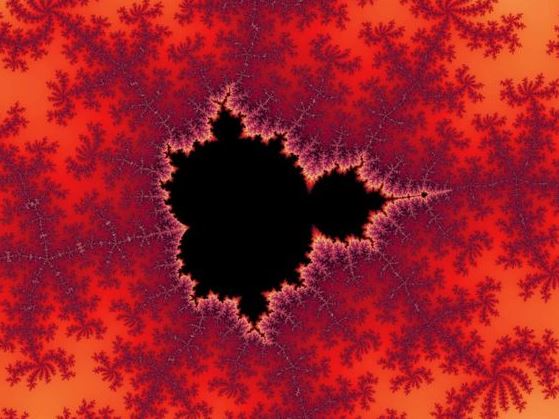Kolmogorov Complexity, also known as algorithmic complexity, is a concept from information theory that measures the complexity of a string of data. Named after the Russian mathematician Andrey Kolmogorov, this theory provides a quantitative way to understand the complexity of objects and processes in various fields, including computer science, mathematics, and information theory.
What Is Kolmogorov Complexity?
Kolmogorov Complexity refers to the length of the shortest possible description (or algorithm) that can produce a given string of data when executed. In simpler terms, it is the minimum amount of information required to describe or generate a particular piece of data.
For example, consider the string “0101010101”. This string is simple and repetitive, so its Kolmogorov Complexity is low because a short algorithm (e.g., “repeat ’01’ five times”) can generate it. Conversely, a random string with no discernible pattern has a high Kolmogorov Complexity because it requires a long description or algorithm to reproduce.
Historical Background
The concept of Kolmogorov Complexity emerged in the 1960s and was formalized by Andrey Kolmogorov, who is renowned for his work in probability theory and mathematical logic. The idea was developed further by other prominent figures, including Solomonoff and Chaitin, leading to a richer understanding of algorithmic information theory.
Key Concepts in Kolmogorov Complexity
- Algorithmic Information Theory: Kolmogorov Complexity is a foundational concept in algorithmic information theory, which studies the information content of algorithms and data. This theory provides insights into how data can be compressed and understood in computational terms.
- Computable Functions: The complexity of a string is determined by the length of the shortest algorithm or computer program that can produce that string. This length is measured in terms of the number of bits required.
- Incompressibility: A string is considered incompressible if its Kolmogorov Complexity is close to its length. In other words, there is no shorter algorithm that can generate the string than the string itself.
- Solomonoff’s Theory: Ray Solomonoff extended Kolmogorov’s work by developing a theory of algorithmic probability, which applies Kolmogorov Complexity to predict future events based on past data.
- Chaitin’s Omega: Gregory Chaitin introduced the concept of Chaitin’s Omega, a real number that represents the halting probability of a universal Turing machine. This concept links closely with Kolmogorov Complexity and provides insights into the limits of algorithmic knowledge.
Applications of Kolmogorov Complexity
- Data Compression: One of the most practical applications of Kolmogorov Complexity is in data compression. By understanding the complexity of data, algorithms can be designed to compress information efficiently, reducing the amount of storage space required.
- Randomness and Complexity: Kolmogorov Complexity is used to assess the randomness of sequences. A truly random sequence has high complexity, meaning it cannot be compressed or predicted by any algorithm.
- Artificial Intelligence: In AI and machine learning, Kolmogorov Complexity helps evaluate the efficiency and learning capabilities of algorithms. Understanding the complexity of data can guide the development of more effective learning models.
- Mathematical Logic: In mathematical logic, Kolmogorov Complexity provides a framework for analyzing the complexity of mathematical proofs and structures, offering insights into the nature of formal systems.
- Theoretical Computer Science: This concept plays a significant role in theoretical computer science, particularly in understanding the limits of computability and the nature of computational problems.
Challenges and Limitations
- Uncomputability: Kolmogorov Complexity is fundamentally uncomputable. While we can estimate the complexity of a string, we cannot precisely determine the shortest algorithm that generates it due to inherent limitations in computation.
- Invariance Theorem: The complexity of a string is invariant under changes to the description language or computing model, but finding an optimal description length is often impractical.
- Practical Applications: Despite its theoretical significance, the direct application of Kolmogorov Complexity in real-world scenarios can be limited due to computational constraints and the complexity of actual algorithms.
Kolmogorov Complexity offers profound insights into the nature of data and algorithms, influencing various fields from data compression to artificial intelligence. While the concept is rich with theoretical implications and practical applications, it also presents challenges, particularly regarding computability and practical implementation.
Understanding Kolmogorov Complexity enhances our ability to grasp the fundamental principles of information theory and computational processes. By exploring this concept, researchers and practitioners can continue to push the boundaries of knowledge in computer science, mathematics, and beyond.
